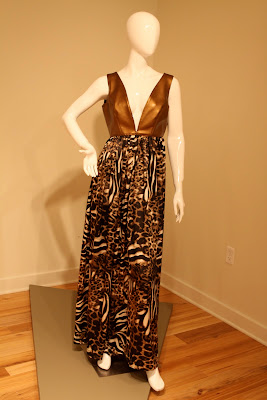Course: Design Fundamentals II, DS 220
Program: Interior Design
We designed our own process for building this chair, working with unfamiliar materials like cardboard to create a sculpture-like piece of furniture. The importance of this project was to construct a durable chair, both functionally and aesthetically sound. This project incorporated studies of form, function, ergonomics, and sustainability, all of which are necessary components used in the innovation of design.













































